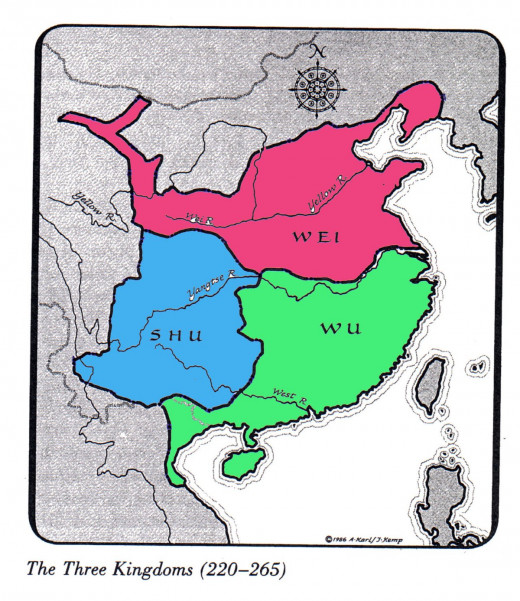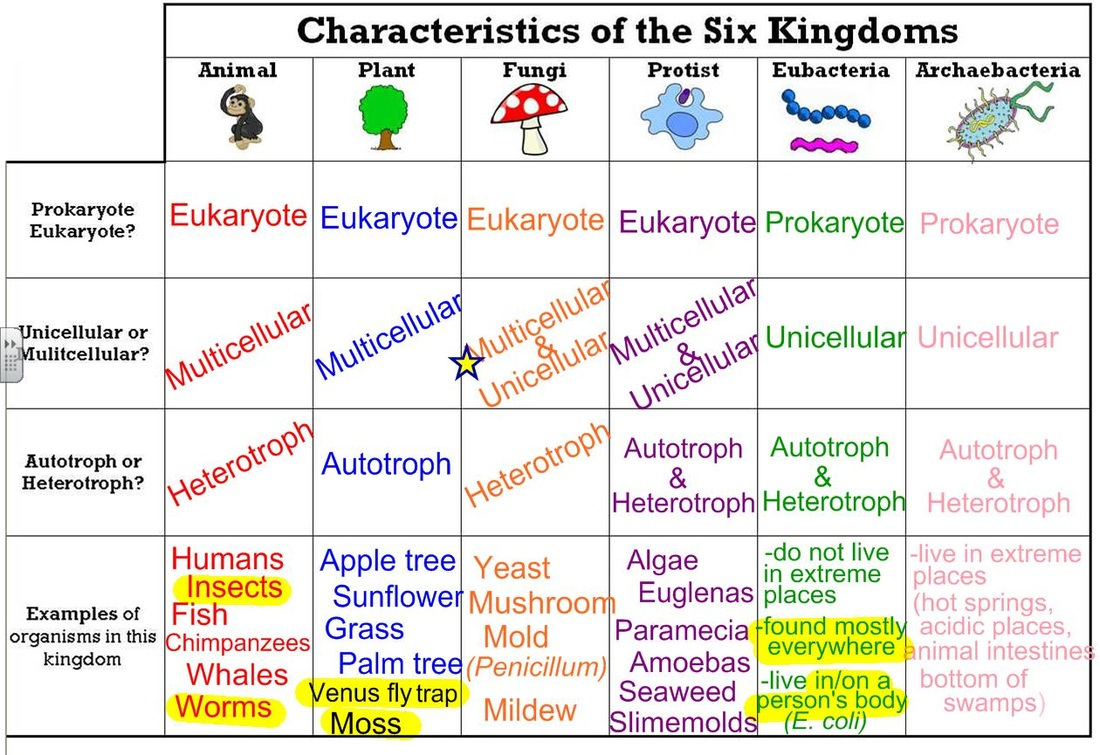

Notice how the dog shares a domain with the widest diversity of organisms, including plants and butterflies. Subspecies are members of the same species that are capable of mating and reproducing viable offspring, but they are considered separate subspecies due to geographic or behavioral isolation or other factors.įigure 2 shows how the levels move toward specificity with other organisms. Note that the dog is additionally a subspecies: the “ familiaris” in Canis lupus familiaris. Organisms also have a common name that people typically use, in this case, dog. Carnivora is the name of the taxon at the order level Canidae is the taxon at the family level, and so forth. In other words, dogs are in order Carnivora. The name at each level is also called a taxon. Therefore, the scientific name of the dog is Canis lupus. Scientists generally refer to an organism only by its genus and species, which is its two-word scientific name, in what is called binomial nomenclature. Notice that each name is capitalized except for species, and the genus and species names are italicized. For the dog, it is: Eukarya, Animalia, Chordata, Mammalia, Carnivora, Canidae, Canis, and lupus.
WHICH TABLE CORRECTLY IDENTIFIES THE THREE KINGDOMS FULL
Therefore, the full name of an organism technically has eight terms. For the common dog, the classification levels would be as shown in Figure 1. The kingdom Animalia stems from the Eukarya domain. (credit “dog”: modification of work by Janneke Vreugdenhil) The common dog, Canis lupus familiaris, is a subspecies of Canis lupus, which also includes the wolf and dingo.

The taxonomic classification system uses a hierarchical model to organize living organisms into increasingly specific categories. After kingdoms, the subsequent categories of increasing specificity are: phylum, class, order, family, genus, and species (Figure 1).įigure 1.

Within each domain is a second category called a kingdom. For example, after the common beginning of all life, scientists divide organisms into three large categories called a domain: Bacteria, Archaea, and Eukarya. Moving from the point of origin, the groups become more specific, until one branch ends as a single species. The taxonomic classification system (also called the Linnaean system after its inventor, Carl Linnaeus, a Swedish botanist, zoologist, and physician) uses a hierarchical model. This organization from larger to smaller, more specific categories is called a hierarchical system. Then each department further divides into aisles, then each aisle into categories and brands, and then finally a single product. One large space is divided into departments, such as produce, dairy, and meats.

Think about how a grocery store is organized. Taxonomy (which means “arrangement law”) is the science of classifying organisms to construct internationally shared classification systems with each organism placed into more and more inclusive groupings. Relate the taxonomic classification system and binomial nomenclature.


 0 kommentar(er)
0 kommentar(er)
